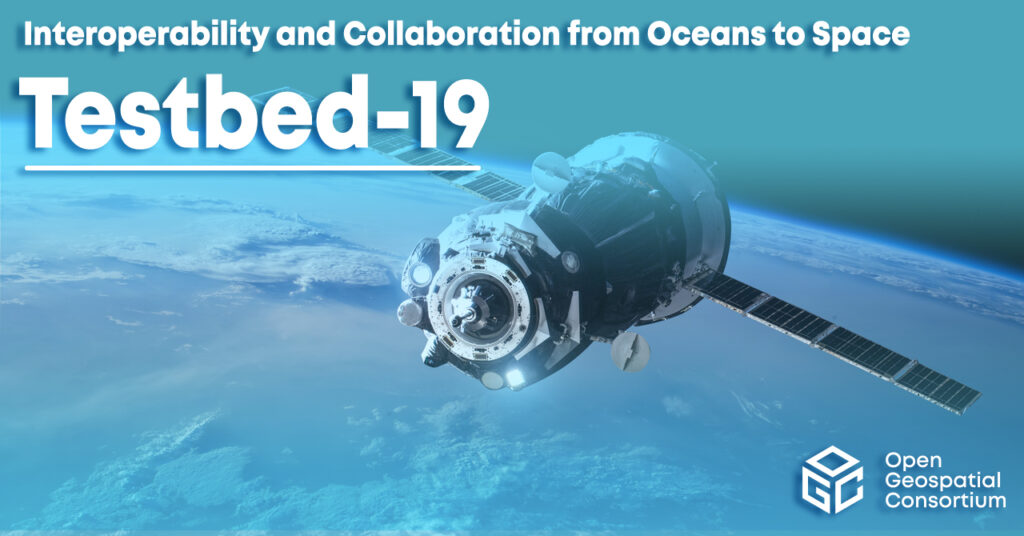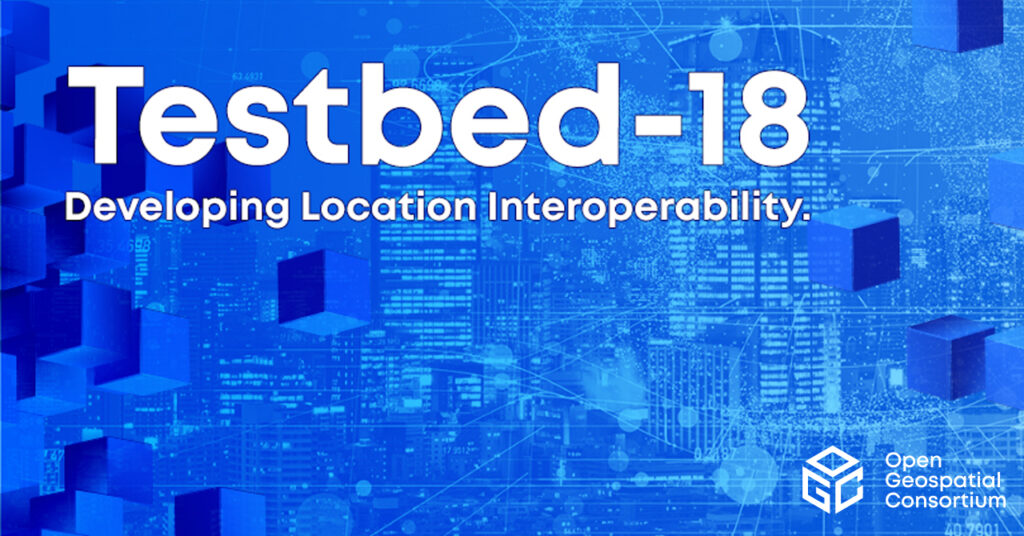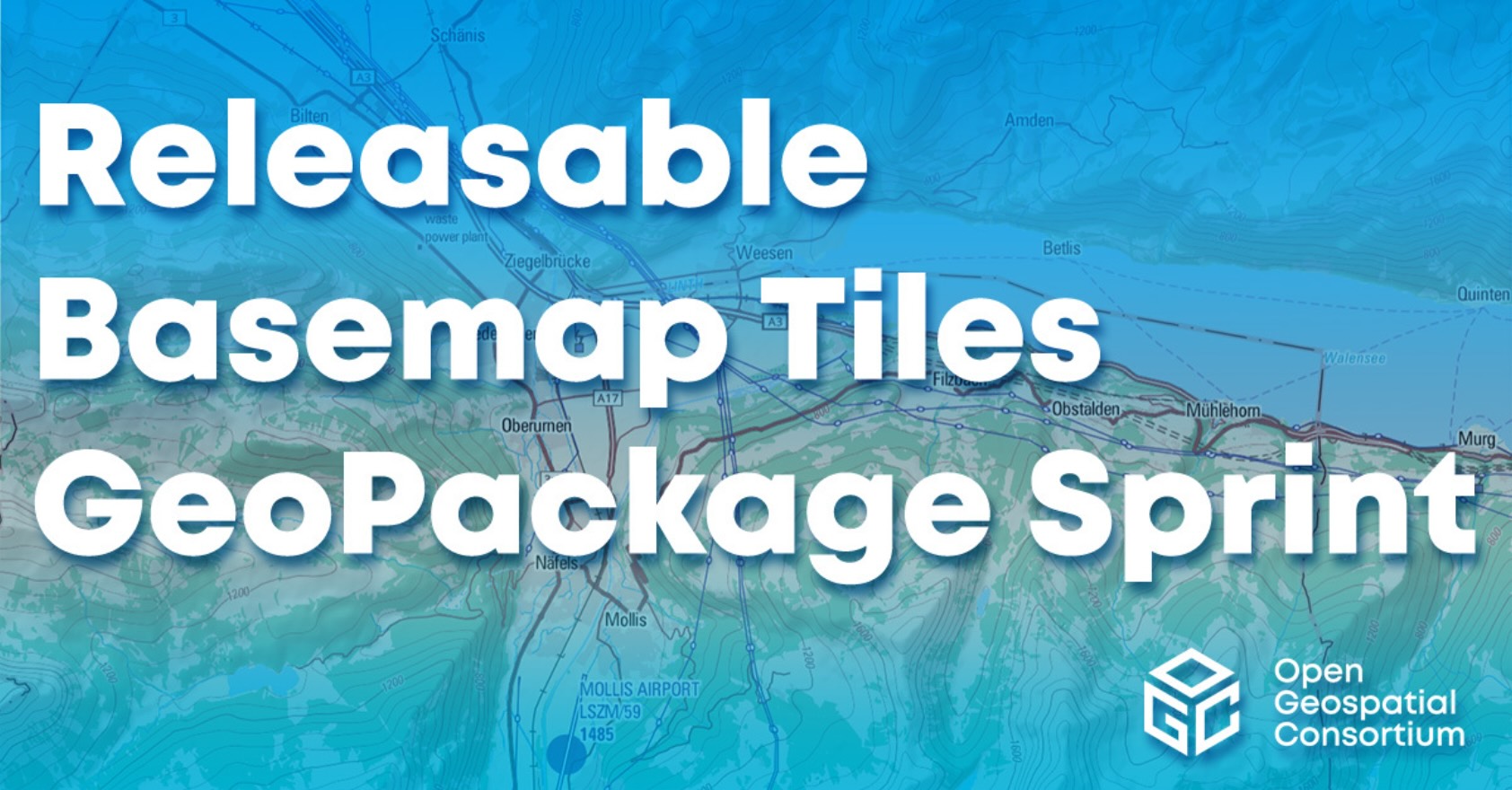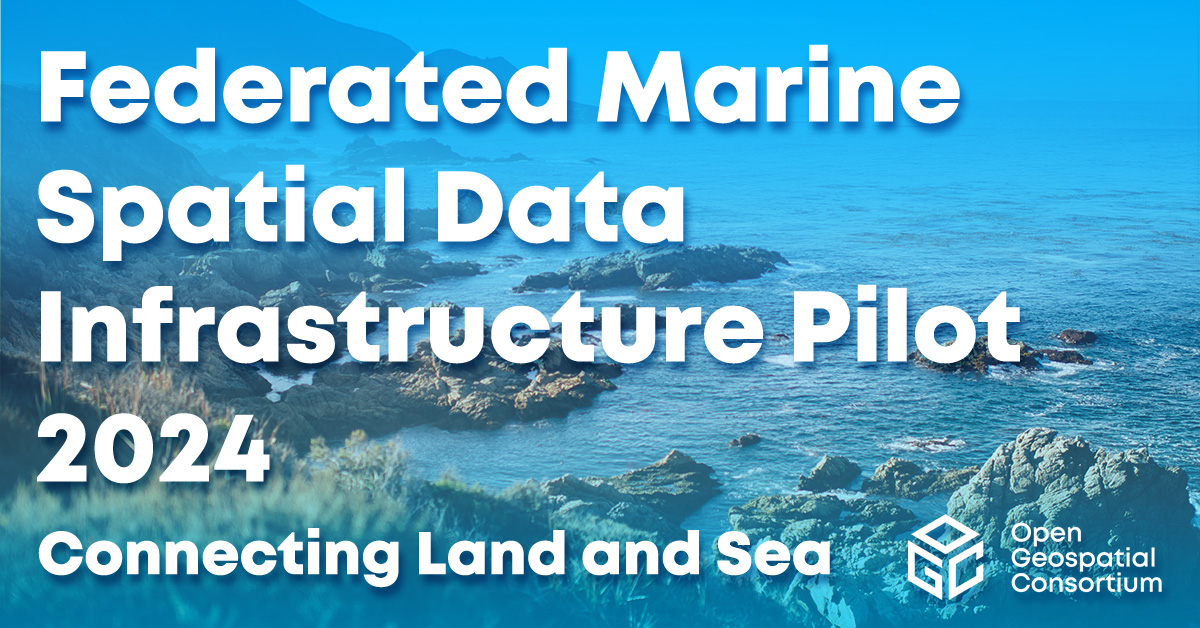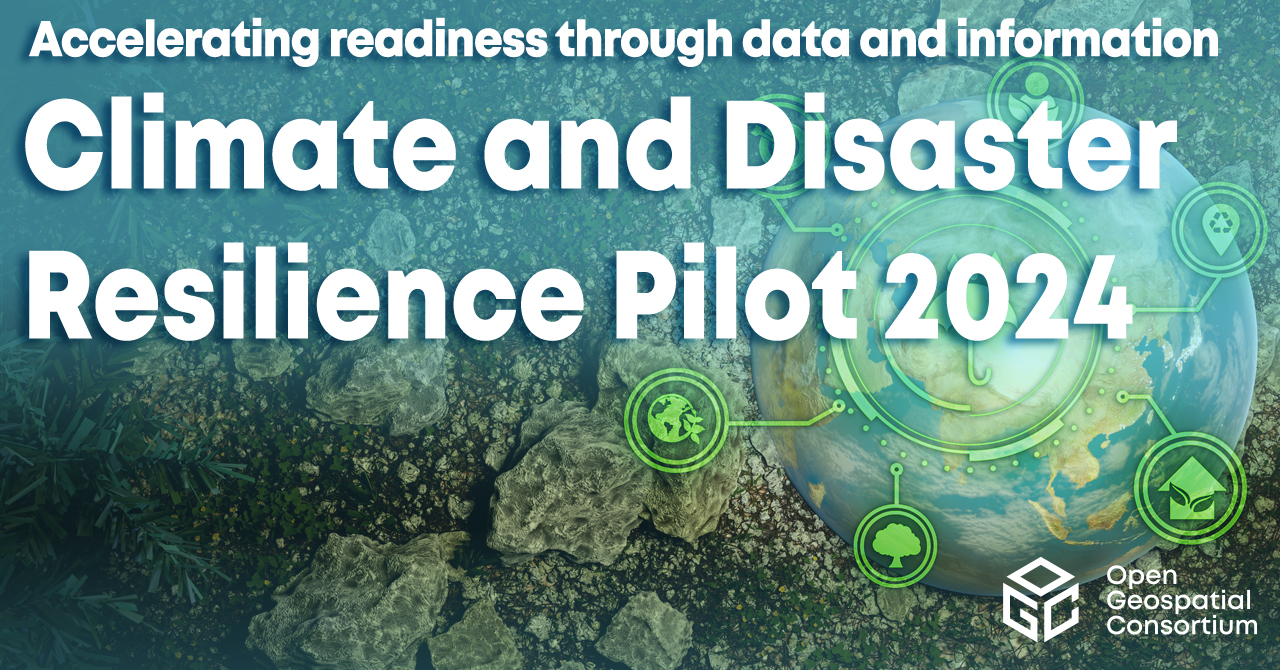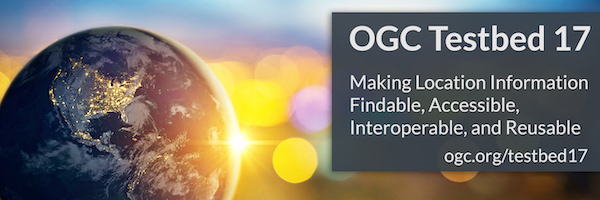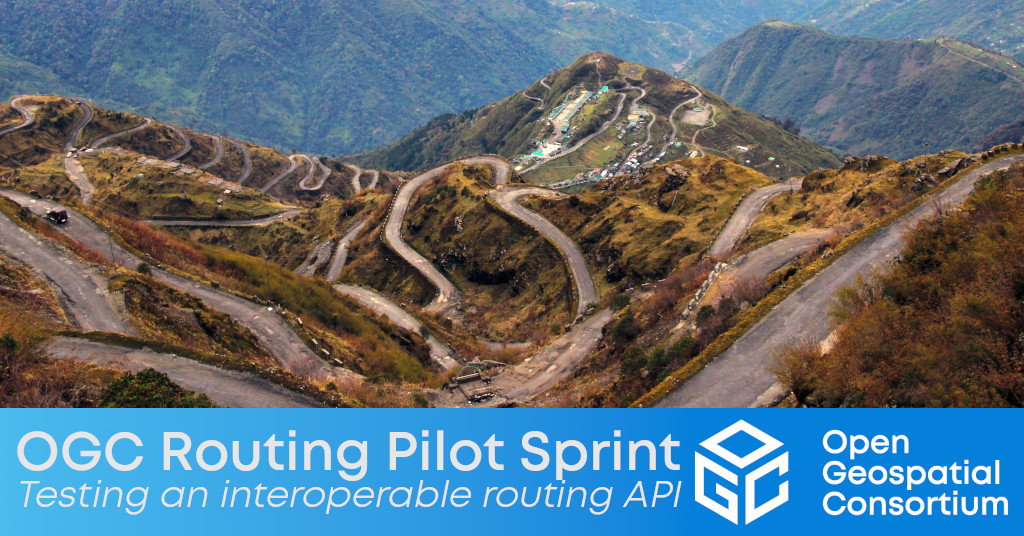There are many interpretations of what the metaverse may be, but the widest agreement sees the metaverse as the internet in real-time 3D. The metaverse will comprise of many different interconnected 3D ‘spaces’ (like 3D websites) operated by different entities that together form the much larger metaverse concept. Just as the internet is only successful because Open Standards allow anyone to contribute a webpage, so too the metaverse will require Open Standards if it’s to see widespread adoption and proliferation. Without standards the metaverse will remain a series of apps rather than an open platform.
Metaverse spaces will include fabricated virtual worlds as well as ones that are modeled after, or augment, the real world. In the fully realized vision of the metaverse, its spaces will be interconnected, with users being able to cross between them – whether it’s to visit a friend, play a game, go shopping, manage a construction project, train for a new job, model a new warehouse workflow, or something else entirely. Further to this, metaverse spaces will be used not just by humans, but also by machines: AI/ML applications can use metaverse simulations of real-world locations to, for example, train autonomous vehicle systems with local knowledge.
The metaverse spaces that represent the real world are the most obvious place where geospatial technologies, standards, knowledge, and best practices will play a major role. However, every metaverse space will be a massive database of physical and semantic environments designed for efficient streaming.
Learn more about our initiatives
A metaverse space, then, can be considered an iteration of the geospatial industry’s city- or state-wide ‘digital twin’ technologies in use today for modeling & simulation, citizen engagement, and more. As such, just about any 3D Geospatial Standard will be useful in building the metaverse.
For decades, much of the geospatial community’s collective knowledge has been documented in the form of OGC Standards and Best Practices, and this knowledge will prove invaluable in saving metaverse players from having to “reinvent the wheel.” Standards such as 3D Tiles, CDB, I3S, OGC API – Tiles, CityGML, GeoVolumes API, 3D Portrayal, InfraML, GeoPose, and more, are already proving valuable in nascent metaverse applications.
OGC is taking active steps to promote the re-use of our industry’s valuable knowledge by forming the Geo For Metaverse Domain Working Group. The Group will align the work of various groups and activities within OGC – such as 3D, Urban Digital Twins, ModSim, and the OGC D&I working groups – with the needs of the metaverse and help promote that work within the wider metaverse community.






